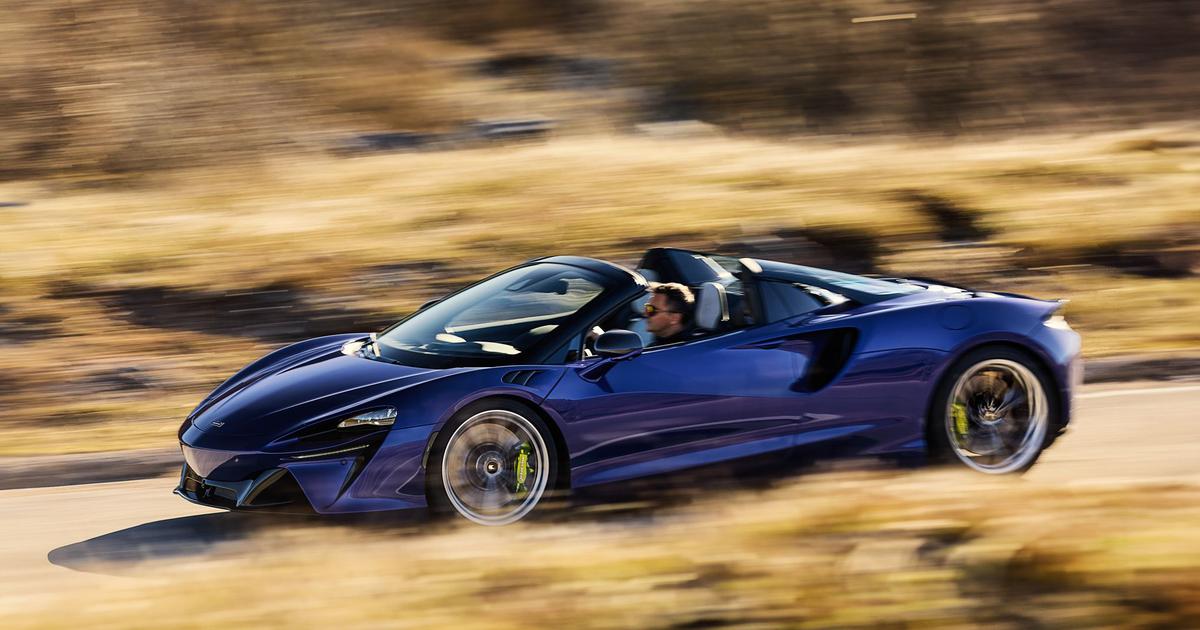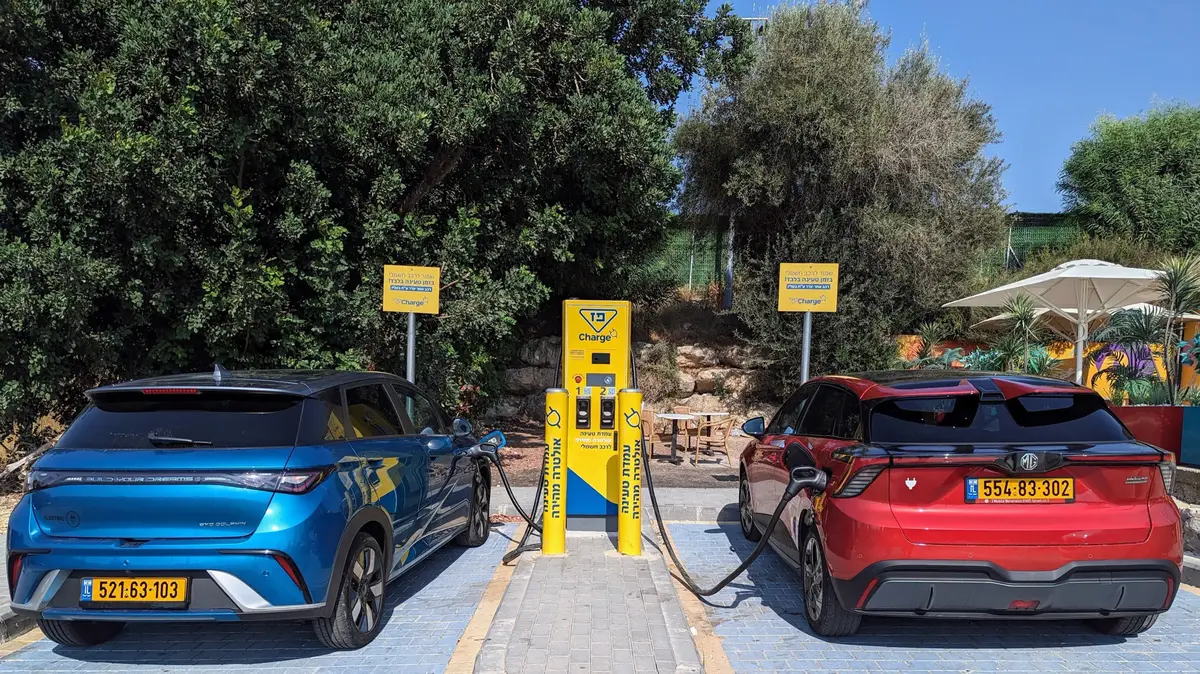The US government on Wednesday introduced tougher car emissions standards, a move that will see two-thirds of cars sold in the country by 2032 be electric.
This goal goes beyond the ambitions unveiled by President Joe Biden two years ago, namely that half of the cars sold in the United States in 2030 be emission-free (electric, plug-in hybrid or hydrogen).
This time, the administration does not set a precise quota of clean vehicles for sale.
But the Environmental Protection Agency (EPA) plans to gradually restrict the average amount of polluting emissions from new vehicles produced by each manufacturer, encouraging them in the process to integrate more and more electric vehicles into their fleet.
Read alsoThe United States “will be the world leader” in the energy transition, says the American Minister of Energy
“Avoiding 10 billion tonnes of C02 emissions” by 2055
These new standards "
are expected to avoid nearly 10 billion tons of CO2 emissions (by 2055), more than double the total CO2 emissions in the United States in 2022", notes the EPA in
a communicated.
They represent "
a key piece of the puzzle aimed at reducing our country's biggest source of carbon pollution and providing everyone with cleaner air and a safer climate
", said Manish Bapna, head of the environmental organization. NRDC, in a statement.
“
If properly applied
,” these measures will also reduce oil imports and motorist fuel expenses, he adds.
The EPA estimates that the savings from the new standards will outweigh the costs by at least $1 trillion.
Read alsoUnited States: the Supreme Court blocks the climate transition wanted by Joe Biden
Challenges to overcome
It will be up to manufacturers to choose which technologies they adopt to reduce their emissions.
In the past, they have been able to lighten their vehicles or improve the efficiency of their engine.
They could adopt new particulate filters.
But insofar as many manufacturers are now well engaged in the transition to electric vehicles, the agency is counting above all on an acceleration of this movement: according to its calculations, with the new standards, electric cars could reach 67% of sales of light vehicles (city cars, sedans, SUVs, pick-ups) in 2032, 50% of sales of buses and garbage trucks, 35% of local transport trucks and 25% of long-distance transport trucks.
The slope is steep for manufacturers: even if they have increased significantly over the past two years, sales of all-electric cars in the United States accounted for only 5.8% of vehicles sold in 2022, according to the firm Cox Automotive.
But projections on the subject are regularly revised as technological advances are made, noted Ali Zaidi, climate adviser at the White House, during a press briefing.
Moreover, in addition to the numerous public aids intended to promote the emergence of the electric car since Joe Biden took office, the private sector has invested 120 billion dollars in the manufacture of electric vehicles and batteries, he argues: all you have to do is observe “
what is being built and how quickly
”.
Read alsoUnited States: Mike Pompeo promises a “smooth transition” to a “second” Trump term
A transition that takes time
For Arthur Wheaton, a specialist in the automotive sector at Cornell University, however, these ambitions come up against three main challenges, the first being political: the standards can change with each new president, which makes "very difficult any long-term
strategy
" for companies.
Manufacturers also continue to face problems in their supply chain.
The start-ups Rivian and Lucid, for example, are failing to meet their production targets.
And for industry behemoths, transforming an entire production system from building battery factories to modifying assembly lines takes time.
Electric cars still make up only a small portion of General Motors and Ford's sales — and cost them a lot of money.
Manufacturers must also manage "
the limited availability of raw materials
" such as lithium, notes Arthur Wheaton.
But it is important to him that the government displays high ambitions.
This allows “
to apply the same rules to all manufacturers
,” he says.
And even if only 85% of the objectives are achieved, "
at least the transformation of the production system and the supply chain is underway
".









/cloudfront-eu-central-1.images.arcpublishing.com/prisa/IOQ5LVJEOFAEZHGFMYWVXLFURI.jpg)